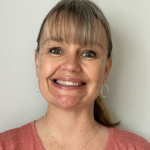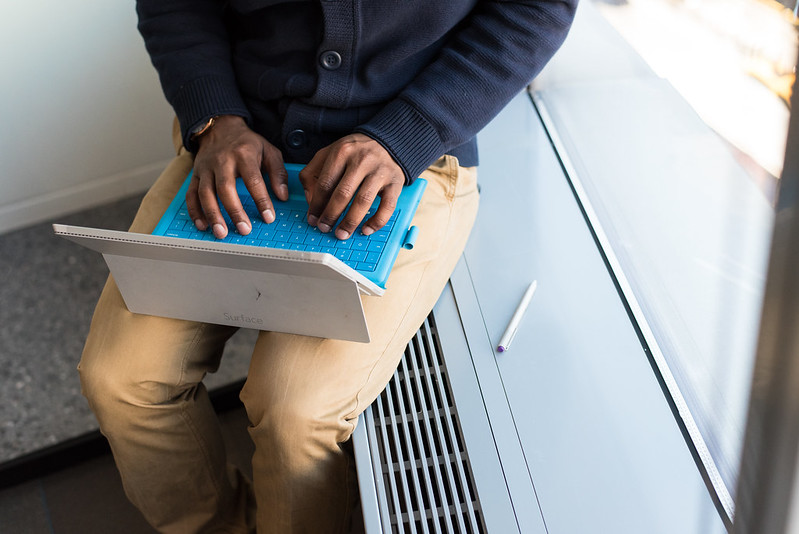During an instructional leaders’ summer work session last year, our building administrators posed the following questions: “How are we doing? and “How do we know?” We looked at each other and one by one answered: “Great.” “Our students are smart.” “Our students work hard and are successful.” The administrators pressed. “But how do you know?”

For special education teachers, it is easy to use an anecdotal lens based on interactions with and connections to our students to identify their needs and programs. In an educational world with so many variables, each of which is fluid, it can be daunting to monitor student progress appropriately and thoroughly and to identify exactly how to best support their needs. To truly do so, student growth and needs must be assessed using data.
Data collection does not have to create more work or feel laborious. An organized and consistent daily practice can be implemented in both informal and formal manners that will provide the evidence necessary to gauge student progress.
Organizing yourself, processes to use data
- Start with baseline data. Baseline data is necessary as a means to indicate student performance prior to the start of specific instruction or interventions. Pre-assessment tools, such as classroom tests, checklists or self-reflective assignments, in addition to standardized measures when appropriate, allow a teacher to identify targeted deficits to monitor throughout the data collection process. Write measurable goals to address those deficits and center the type of data necessary for progress monitoring.
- Create a single approach. After your baseline data has been collected, an organized, systemic approach will ensure best practice. Streamline your systems into one approach to create a routine for yourself and your students. Perhaps identify two class periods a week when you can complete a running record of behaviors. For more detailed and frequent collection, dedicate a specific time during each class to complete a checklist of student on-task performance. Whatever you’re using data to measure, consistent trials of information gathering is key.
- Choose smart data targets. It is important to carefully choose the tools used to gather student progress notes and data. Each must target a specific skill or behavior related to the goal. Additionally, the student, staff, teacher, support team and parents all must be able to understand it. A tool that is not succinct in its language and process can lead to a murky collection of information that ultimately does not result in accurate findings.
- Select your tools. Work samples in a portfolio are always beneficial over time. Checklists that identify the frequency and duration of a behavior are quick and simple. Index cards held together with a binder ring can help when identifying data for various students in the same time period. Student self-growth reflections based on specific prompts allow their voice to be an important part of your collection. Do a Google search or ask your team to identify what is best for student progress monitoring. The array of options can be overwhelming. But when you narrow down your scope and identify specific information necessary to support progress monitoring work, you will find focusing on your identified needs can be less stressful, and using data will be easier.
- Analyze and present data. Communicating the findings of your data collection is a vital part of your student progress monitoring. Doing so at equal intervals of time — biweekly or monthly, for example — will provide reflective thinking and change in intervention or instruction where necessary. Teachers, support staff, parents and even students themselves, when able, should participate in the communication around your findings. Effective planning around student progress, as evidenced by using data collected, is an important outcome of each round of communication. When interventions need to change, this can happen as a result of established conversations as a team. Ultimately, if communication happens regularly, the process of developing the best programs to meet student needs are more efficient and effective.
So, how are we doing, and how do we know? Our records and checklists, our exit tickets and our classroom assessments, our IEP goals and work samples — our data — proves that, indeed, we are meeting the diverse needs of all of our students successfully. How will you know how you are doing?
Carleen Julian of Irvington High School in New York has been a special education teacher for 28 years, as well as an instructional leader for grades sixth through 12 special education.
________________________________
Subscribe to SmartBrief’s FREE email newsletter to see the latest hot topics on Special Education. It’s among SmartBrief’s more than 250 industry-focused newsletters.
